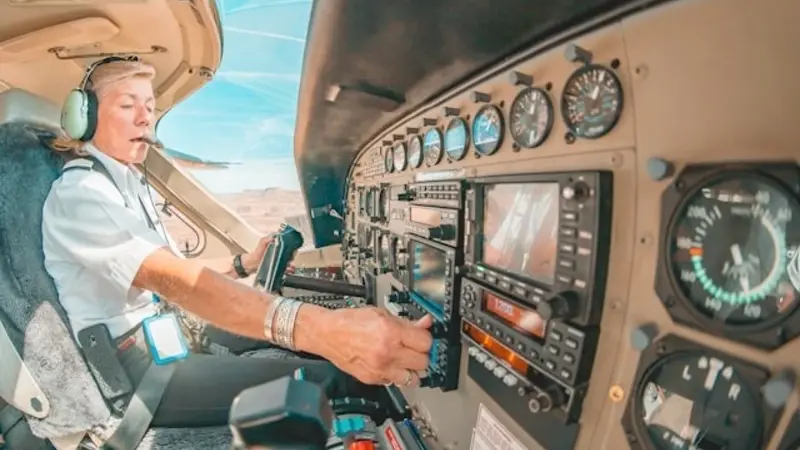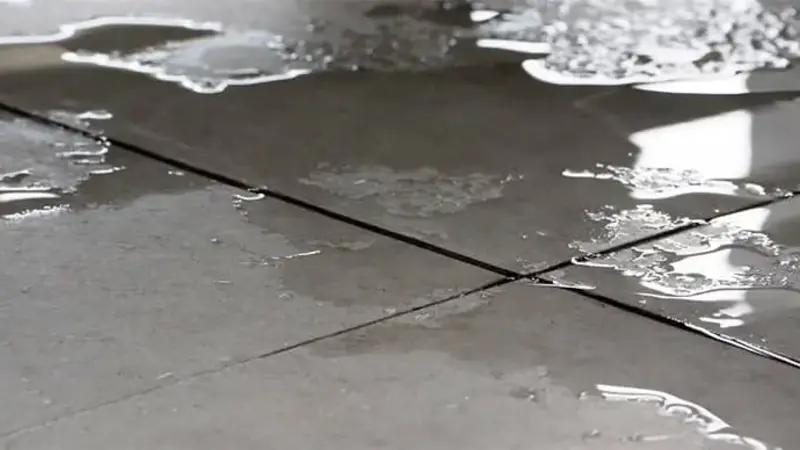Picture: Unsplash
For a pilot, being well-prepared is essential to a successful and safe flight. Keeping a thorough to-do list on hand keeps you prepared for anything. This ultimate checklist outlines five key items that every pilot should have. Every item, from important paperwork to pre-flight inspection instruments, communication and navigational aids, safety and survival gear, and the significance of premium fuel testers, has a critical function. When it comes to flying efficiency and safety, proper preparations do make a difference. Let’s examine each of these essential elements to guarantee the smoothest and safest flight experience possible.
Essential Documents
For each flight, having the appropriate documentation is essential. Start with your medical certificate and pilot’s license. These attest to your credentials and suitability for flight. Make sure you always have a copy of your navigation charts and flight plan. These assist you in staying on course and preventing unplanned deviations. Make sure you carry your aircraft registration and certificate. These certificates attest to the fact that your aircraft is in good working order and is authorized to fly. Always carry your logbook with you. It should include the most recent information about your flight hours and any aircraft maintenance. If you don’t have this necessary paperwork, you risk being grounded, fined, or delayed. So, before you leave for the airport, make sure you have everything you need.
Pre-Flight Inspection Tools
A comprehensive pre-flight examination must be carried out before each flight. You’ll need the proper equipment to accomplish this task efficiently. Make a pre-flight inspection checklist your first step. This guarantees that no important steps are missed. It’s essential to have a flashlight with extra batteries, especially for checks in the early morning or late at night. To confirm the quality and quantity of fuel, use a fuel tester and dipstick. This lessens the chance of fuel shortages or contamination during your journey. Using reliable oil such as 20W50 aviation oil or other similar ones, helps ensure engine performance and longevity, complementing the fuel quality checks. Also, have tools for removing pitot tube coverings and control locks. These devices safeguard your aircraft while it is on the ground but must be removed prior to takeoff. You can ensure a safe and uneventful trip by identifying possible problems early on with the help of these pre-flight inspection tools.
Navigation and Communication Equipment
Any pilot needs to have trustworthy communication and navigational equipment. Make sure to use a GPS gadget first. It assists you in staying on the path and preventing any detours. Keep backup maps on hand in case your GPS malfunctions. Having a portable radio transceiver is essential for communicating with other pilots and air traffic control. Your headset should include noise-canceling functions. This eliminates engine noise, allowing you to hear instructions properly. Don’t forget an emergency locator transmitter (ELT). The ELT makes it easier for rescuers to find you in an emergency. These tools keep you on schedule and enable good communication, making your flight safer and more efficient.
Safety and Survival Gear
An essential part of your flying checklist is your survival and safety gear. Get a first aid pack that contains all the necessary supplies. Include painkillers, bandages, and antiseptics. Ensure you have a fire extinguisher onboard to deal with any fires. Keep a personal locator beacon with you (PLB). If you need assistance, this gadget alerts rescuers with a distress signal. A knife, blanket, food, and water should be in your survival kit. Should you need to make an emergency landing, these things can keep you secure and comfortable. Ensure you have a life jacket and raft onboard for flights over water.In the event of a water landing, these items can save your life. You can handle situations with confidence and protect yourself and your passengers if you have the proper safety and survival gear.
Fuel Tester
One of the most crucial tasks on a pilot’s pre-flight checklist is to verify the fuel quality. This is a simple procedure that requires the pilot to empty a tiny amount of the aircraft’s fuel tank and look for any solid or water-borne impurities. With its integrated screwdriver and sampling probe, these low-cost fuel testers should have enough tools to collect samples for any kind of fuel sump. The tool is small, incredibly user-friendly, and as basic as it gets. The only thing you could want for more from gasoline testing is maybe a bigger size for a larger sample volume.
Conclusion
A safe and effective flight depends on having the appropriate items on your pilot’s checklist. Some important items, including vital documentation, instruments for pre-flight inspections, communication and navigational aids, safety and survival gear, and fuel tester, are essential. You can confidently manage any scenario if you have these five items. You can stay ready for every flight by going over and updating your checklist regularly. Prepare well to enhance safety and make flying more enjoyable take to the skies, prepare thoroughly, and stay alert!



